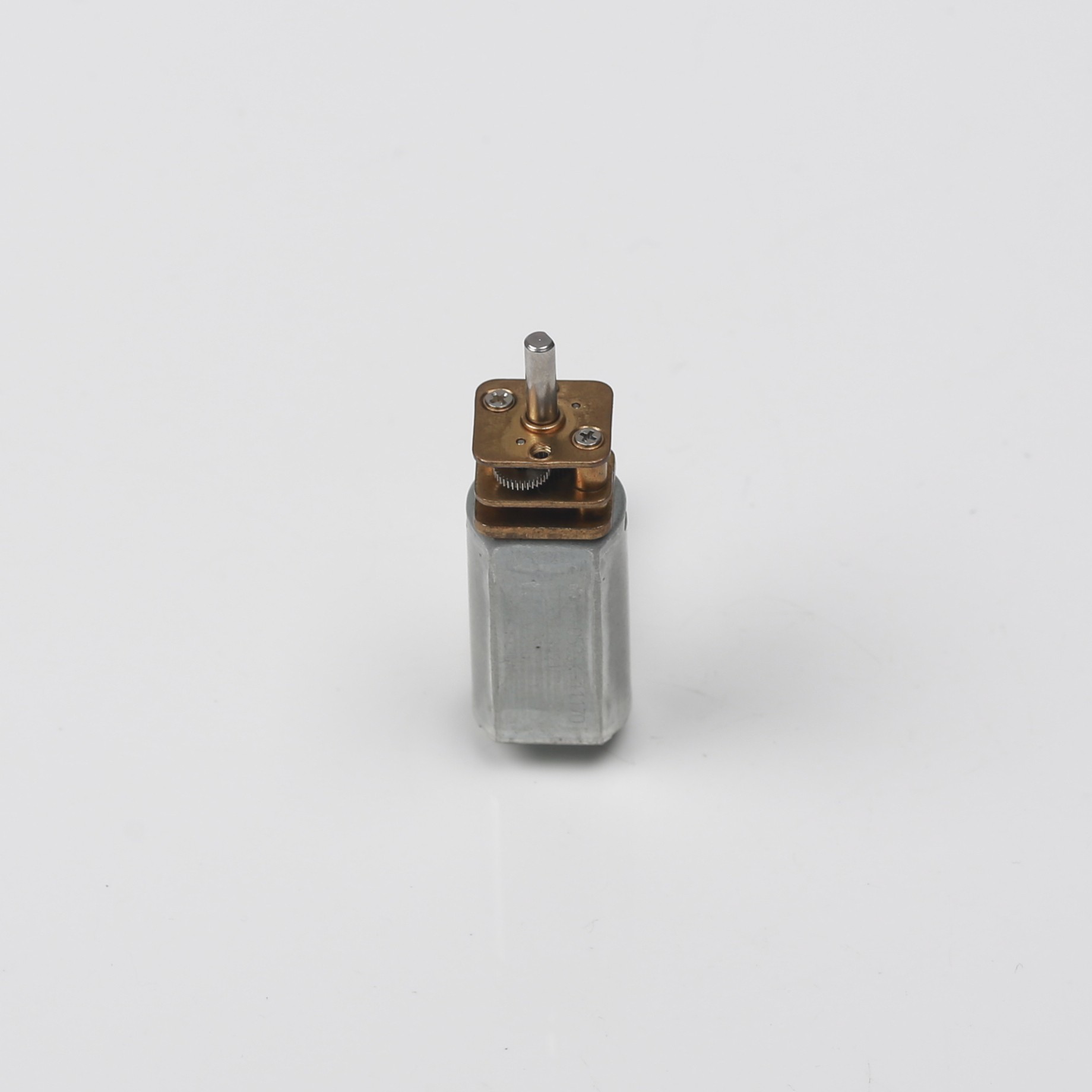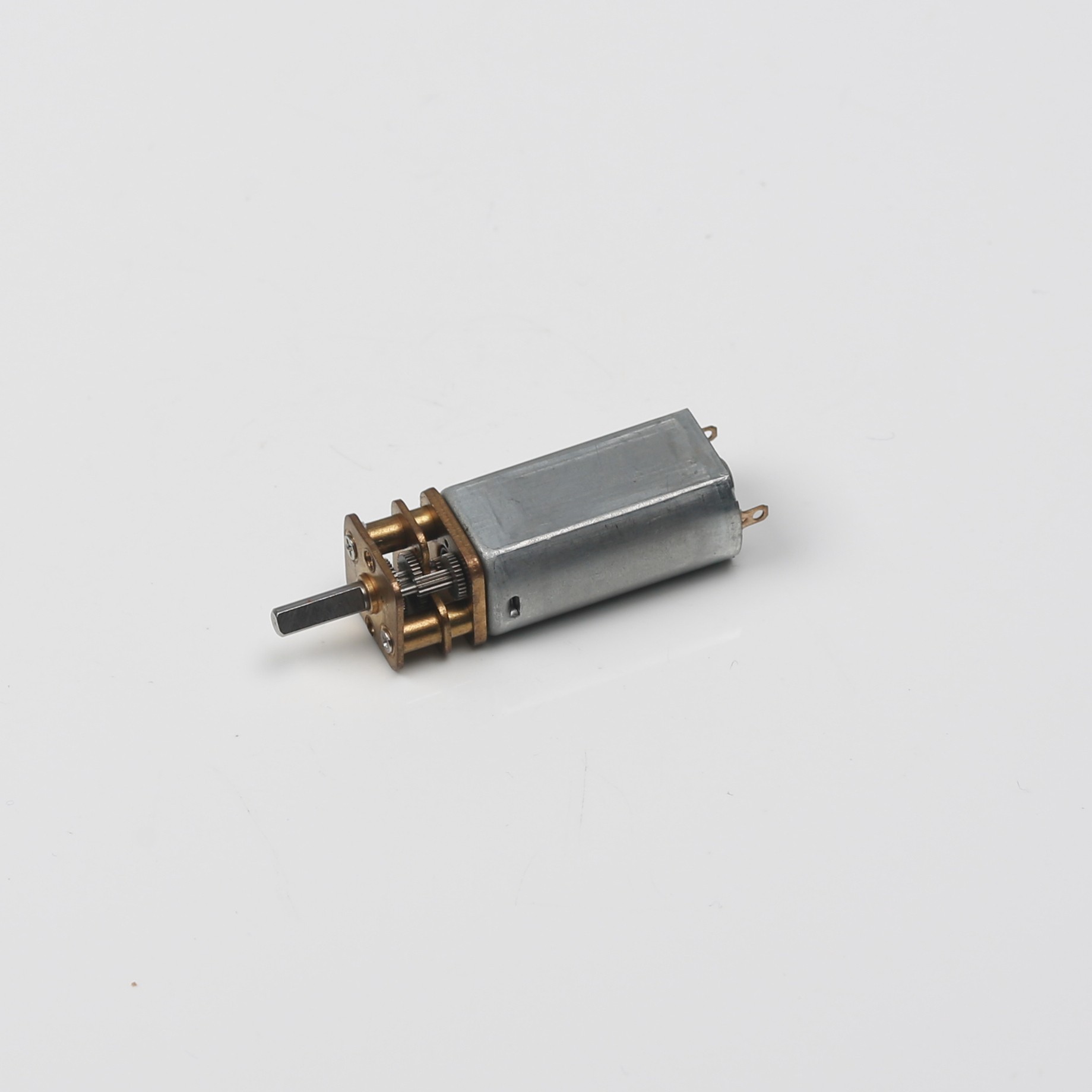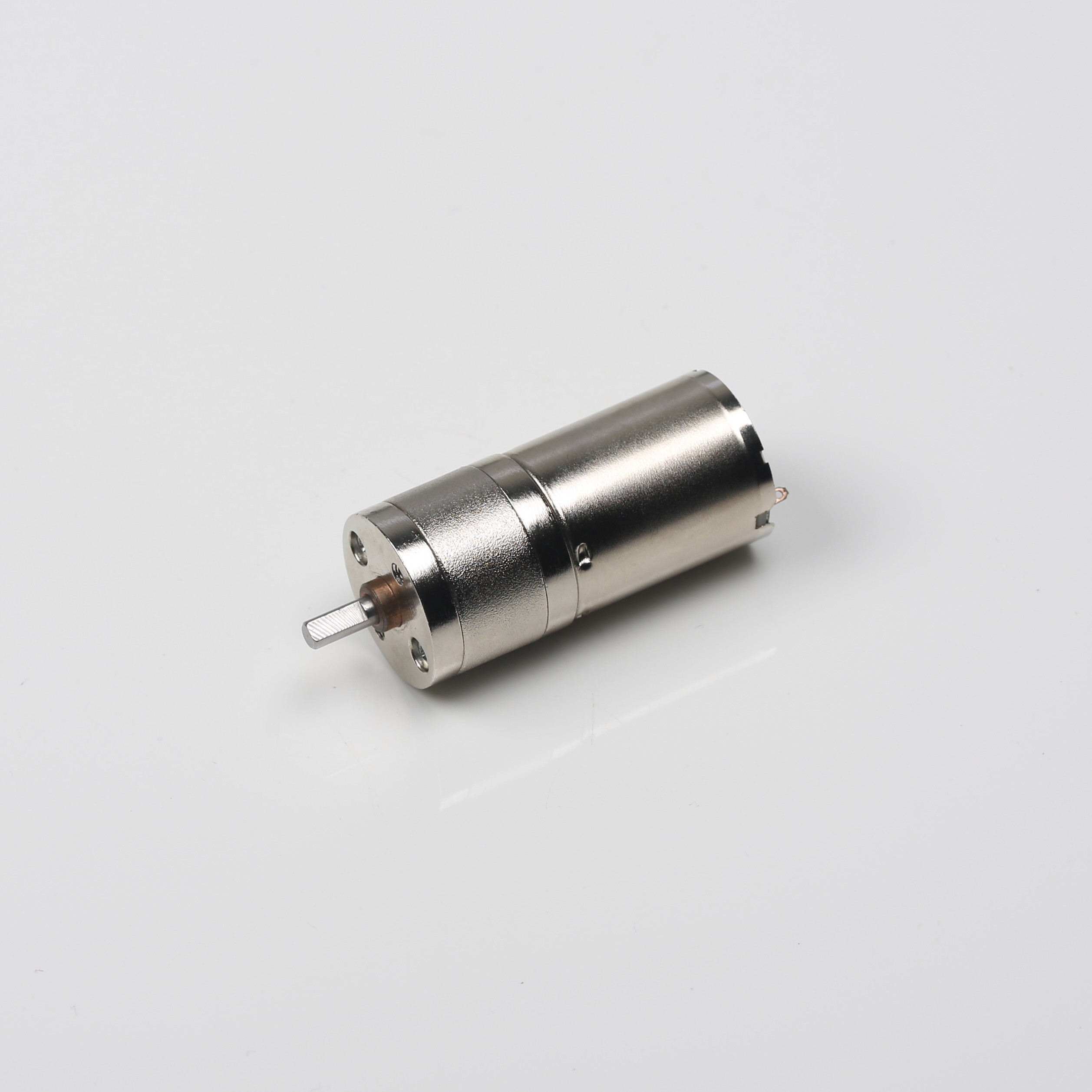Reducer motor or gearmotor is usually using a variety of mechanical transmission systems for reduction, such as planetary gears, worm gears and cylindrical gears, to get desired output speed and output torque. The gear ratio or reduction ratio of a gearmotor refers to the ratio of rotational speeds between the transmission system and the rotor on the motor output shaft, typically the rotor on the motor. According to below formula that we can calculate the gear ratio, helping us for gear design or selection reference: Gear Ratio= Output Shaft Speed/Input shaft Speed. Here, the output shaft speed refers to the rotational speed after transmission through the transmission system, while the input shaft speed refers to the speed of the motor itself.



The gear ratio is used to describe the change in speed output by the reduction device of the motor. Since motors generally output at higher speeds, some applications require lower speeds to meet their needs. At this point, the gear-motor plays a role, reducing the speed of the output shaft through the reduction device, thereby providing the appropriate speed.
The gear ratio choice depends partly on the requirements of the actual application and partly on the design and manufacturing costs of the gear motor. Generally, the gear ratio of a gear motor can be determined based on the required speed and torque ratio. If a high torque and low speed output is needed, a larger reduction ratio is required, conversely, if a high speed and low torque output is needed, the reduction ratio can be relatively smaller.
The selection of the gear ratio also needs to consider its impact on the overall performance of the gearmotor. The larger the gear ratio, the overall size and weight typically increase, and it may also have a certain impact on the efficiency of the gear motor. Therefore, when deciding a gear ratio, such factors as power requirements, size restrictions, weight requirements and efficiency should be taken into the consideration.
The gear ratio of a gearmotor is generally determined by the gear ratio inside the reduction device, such as the number of teeth on the gears or worm gears. For example, if the gear on the output shaft of the reduction device has 15 times more teeth than the gear on the input shaft, then the reduction ratio is 15. Usually, the gear ratio is a fixed value, but in some special cases, some gearmotors can also be adjusted as needed to provide different gear ratios.
The selection of the gear ratio is of significant importance for the application areas of gearmotors. Gearmotors are widely used in various mechanical equipment, such as machine tools, conveyors, printing machines, wind turbines, etc. Different application areas have different requirements for the gear ratio. Some applications require a larger gear ratio to provide greater torque, while others need a smaller gear ratio to offer higher speed.
In addition to the gear ratio, gearmotors also have other important performance parameters, such as rated speed, rated power, and rated torque. These parameters also need to be considered comprehensively when selecting a gearmotor. Only by fully understanding and properly selecting the gear ratio and other performance parameters can it be ensured that the gearmotor will operate normally under specific application conditions and meet the user's needs.
In summary, the gear ratio of a gearmotor refers to the ratio of rotational speed between the reduction device and the rotor on the motor's output shaft. The selection of the reduction ratio needs to be based on application requirements and a systematic consideration of its impact on the overall performance of the gearmotor. The gear ratio is one of the important parameters affecting its output speed and torque, and it has significant importance for the operation and performance of various mechanical devices.
For more motor insights, contact Quadrant.
